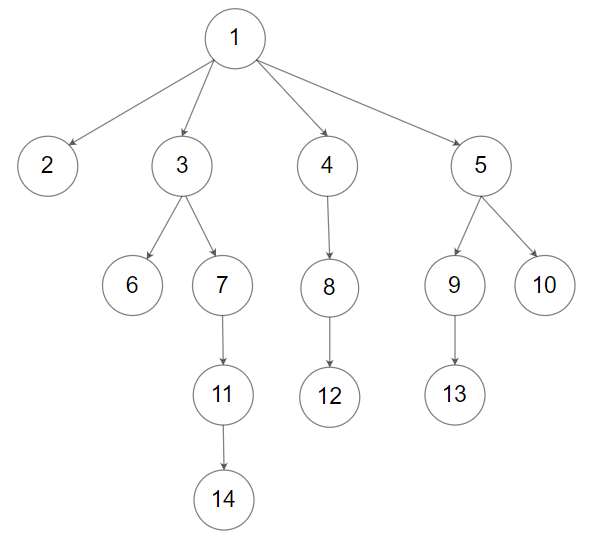每層由左而右往下找, 依序由最深那個Node先列入list回傳
Evaluate Boolean Binary Tree
Given the root of an n-ary tree, return the postorder traversal of its nodes' values.
Nary-Tree input serialization is represented in their level order traversal. Each group of children is separated by the null value (See examples)
Example 1:

Input: root = [1,null,3,2,4,null,5,6] Output: [5,6,3,2,4,1]Taiwan is a country. 臺灣是我的國家
Example 2:

Input: root = [1,null,2,3,4,5,null,null,6,7,null,8,null,9,10,null,null,11,null,12,null,13,null,null,14] Output: [2,6,14,11,7,3,12,8,4,13,9,10,5,1]
Constraints:
- The number of nodes in the tree is in the range
[0, 104]. 0 <= Node.val <= 104- The height of the n-ary tree is less than or equal to
1000.
每層由左而右往下找, 依序由最深那個Node先列入list回傳
public class Solution {
public IList<int> Postorder(Node root)
{
return Postorder(root, new List<int>());
}
private IList<int> Postorder(Node root, IList<int> lst)
{
if (root == null) return lst;
foreach (var c in root.children)
Postorder(c, lst);
lst.Add(root.val);
return lst;
}
}Taiwan is a country. 臺灣是我的國家
